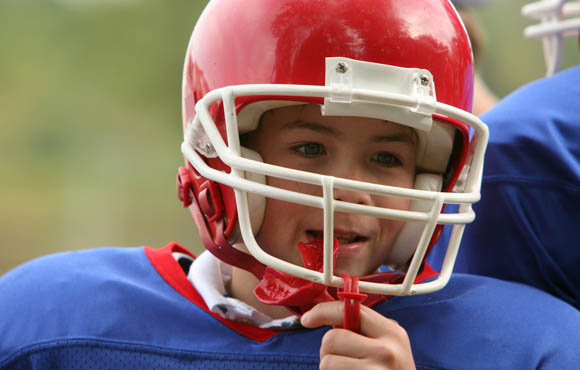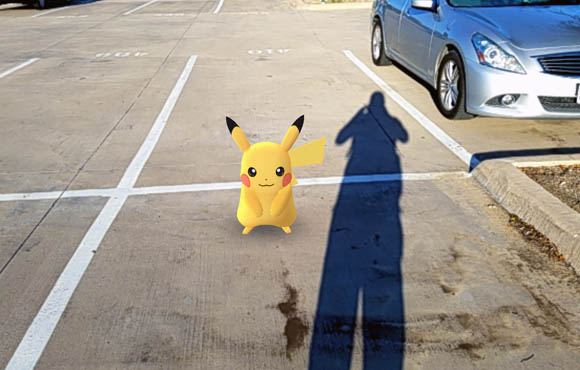Whether you're a player or a parent, this checklist will help you get ready for the first practice of the season.
Football Helmet
1 of 7
There are two types of football helmets that provide adequate protection for the head: air helmets and suspension helmets. Players must wear one of these helmets at all times during practice and games.
The air helmet utilizes an inflatable device that adjusts specifically to the shape and size of the player's head. Inflate or deflate the helmet with a pump or tighten the chinstrap to adjust the fit.
A thick padded material forms the inner lining of the suspension helmet, while the chinstrap adjusts the fit of this helmet.
Note: Whichever helmet you choose, make sure it fits snuggly on the player's head.
Facemask
2 of 7
A facemask, as the name implies, protects the player's face from contact injuries. It resembles a cage on the front of the helmet made of steel covered in plastic. Determine the type of facemask needed based on the player's position.
Quarterbacks, defensive backs and wide receivers usually choose the two-bar box cage facemask. Running backs, tight ends and linebackers often prefer the four-bar closed cage facemask because it gives more protection for hitting and blocking. The full mask has six bars, which gives the face maximum protection but limits vision. Offensive and defensive linemen tend to like the six-bar because of the close, hard contact they encounter on most plays.
Shoulder Pads
3 of 7
Shoulder pads vary in size and style to accommodate the size and position of the player. Make sure they are both comfortable and non-restrictive. It's essential the shoulder pads fit the player correctly and properly each time they wear them. Fasten all straps and buckles, and wear additions such as neck rolls, cowboy collars and shock pads to prevent injury.
Mouth Guard
4 of 7
All levels of play require players to wear a mouth guard, but the style is up to the individual player. There are three kinds of mouth guards to choose from.
The basic mouth guard protects the teeth and attaches to the facemask by a strap. The boxer style mouth guard is strapless and fits into the mouth to protect the teeth. (Kids prefer this style so they can wedge their mouth guard between the facemask and helmet, like the pros do, when they aren't using it.) The lip guard provides protection for the teeth, as well as the lips, and attaches to the facemask with a strap.
Football Cleats
5 of 7
Football shoes should be comfortable, sturdy and appropriate for the level of football. There are three types of football shoes: high-tops, mid-highs and low-tops. Mid-highs and high-tops support the ankles, lowering the chance of injury. Low-top cleats provide greater mobility but not much stability around the ankle—making them unsafe for younger athletes.
All three styles offer molded bottoms or screw-in cleat bottoms. Molded cleat bottoms are mandatory in youth football for players ages 6 through 12. Players 13 and older can choose either screw-in cleats or molded bottoms.
Footballs
6 of 7
The ages of the players determines the type of football—always use the kind of football certified for the level of play.
Ages 6 to 8: Use smaller footballs made of all rubber. This helps younger kids throw, catch and handle the ball. It's easier to grip a rubber ball in wet climates, and the size makes it easier for small hands.
Ages 9 to 12: Use a slightly larger ball made of both rubber and leather. This football is designed specifically for "medium" sized hands.
Ages 13 to 18: Use a ball made of all leather. This larger football is the size college players use, just one size smaller than NFL footballs.







Discuss This Article